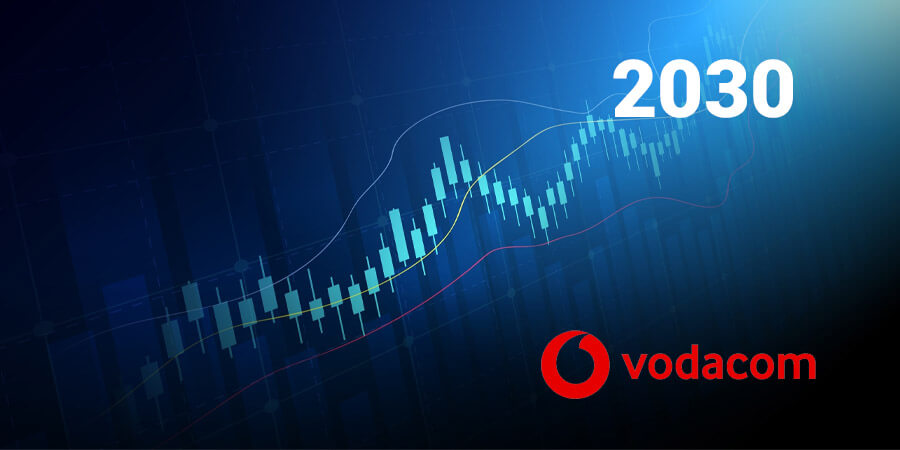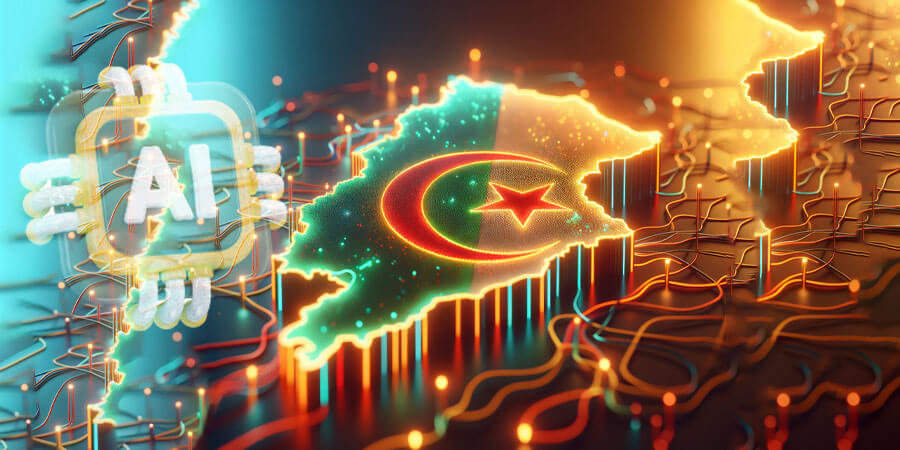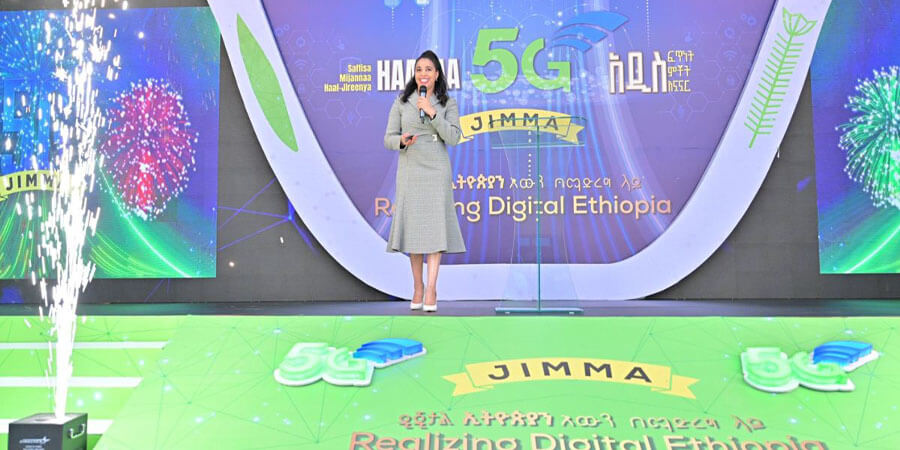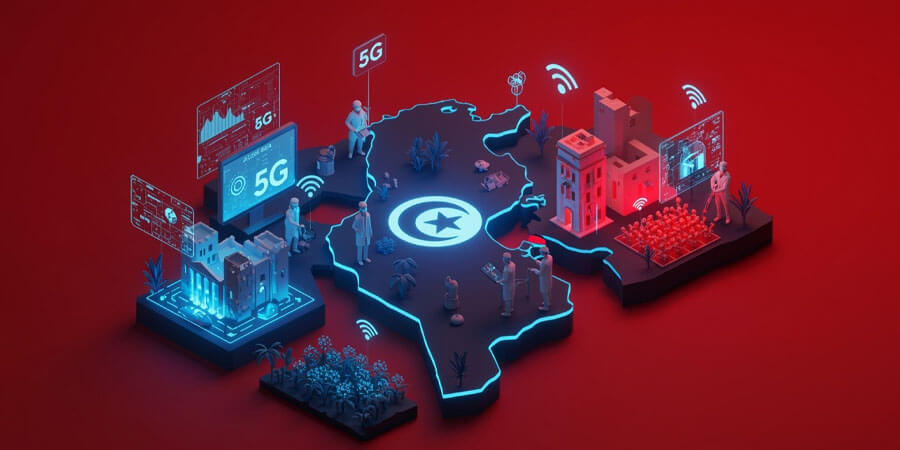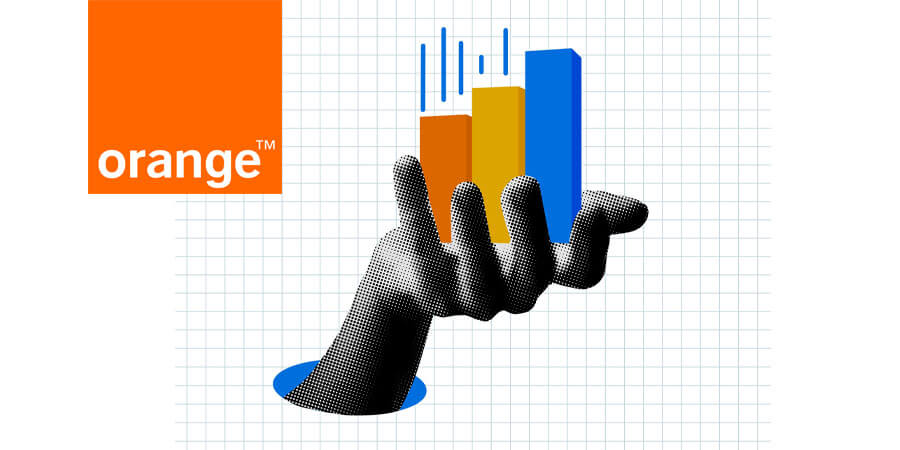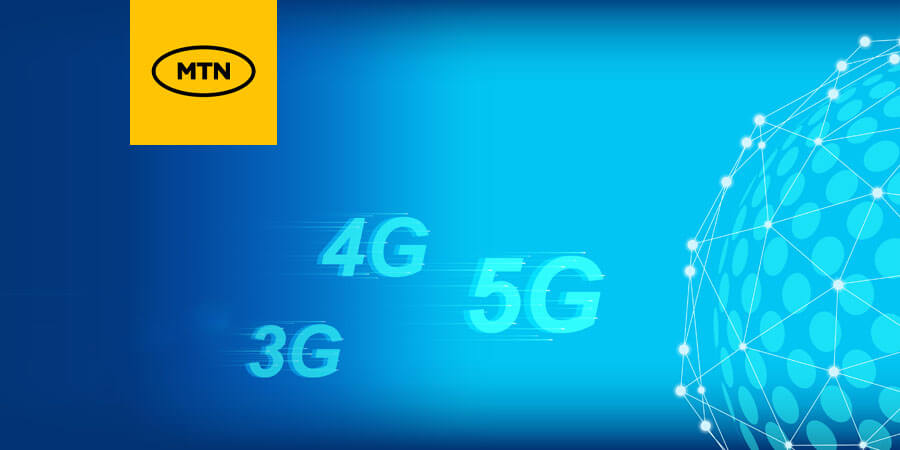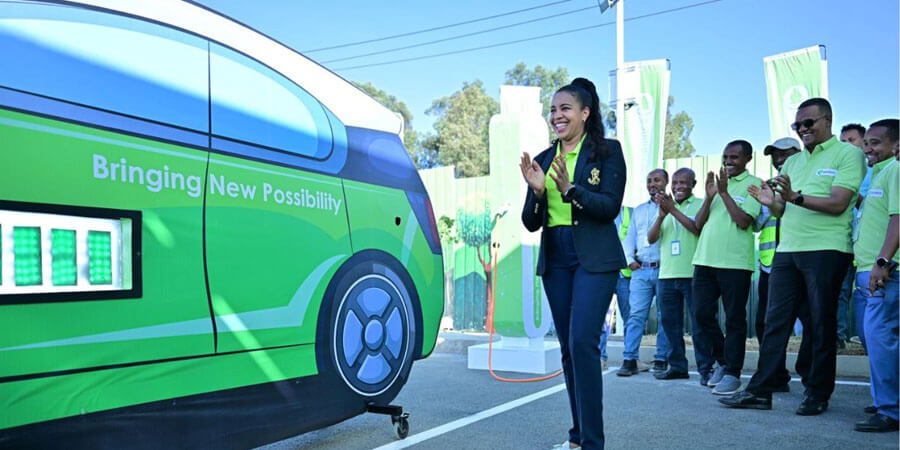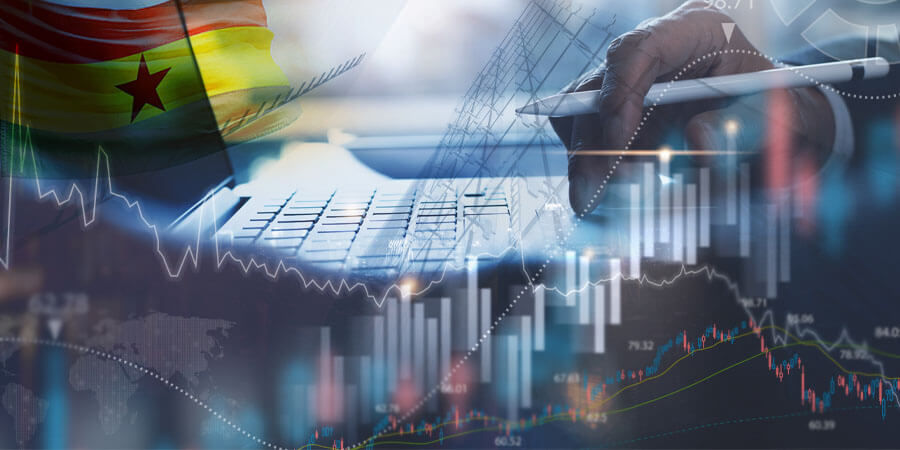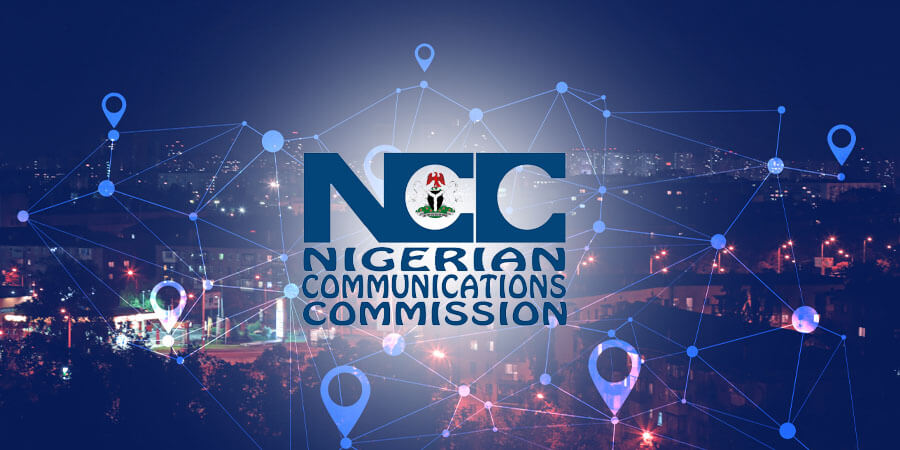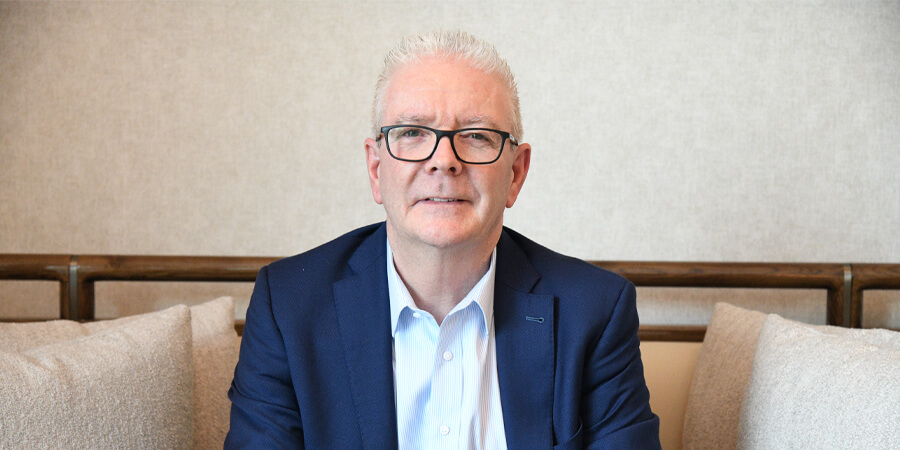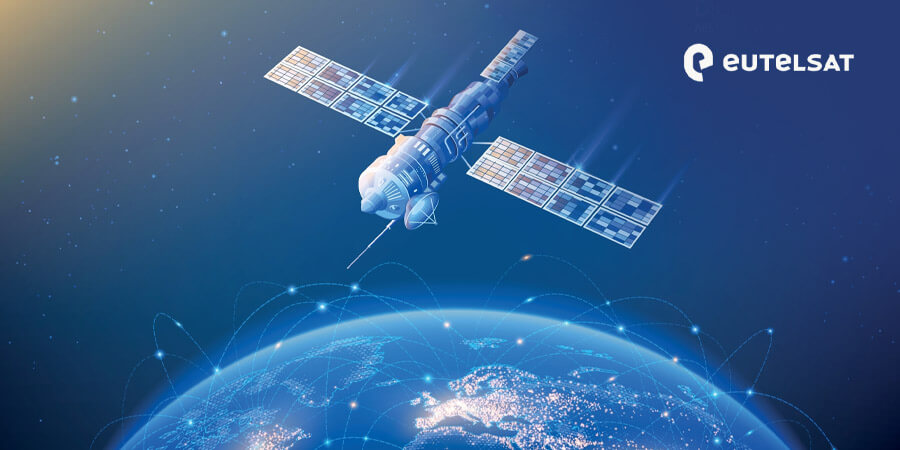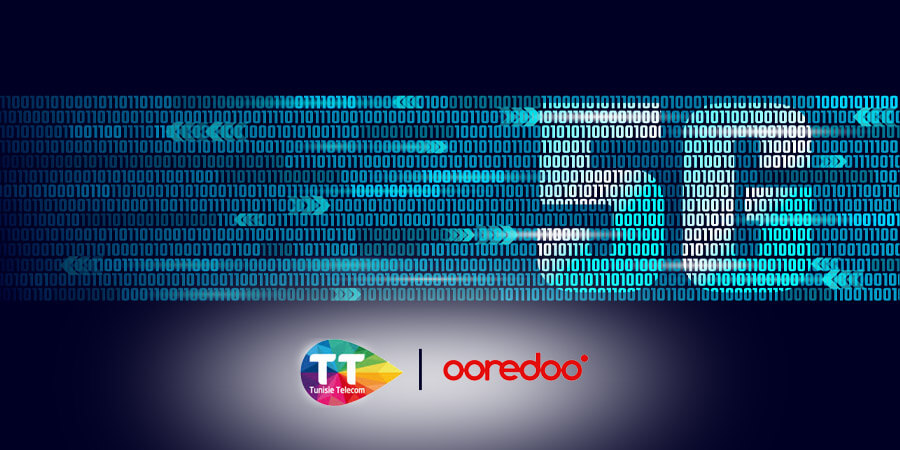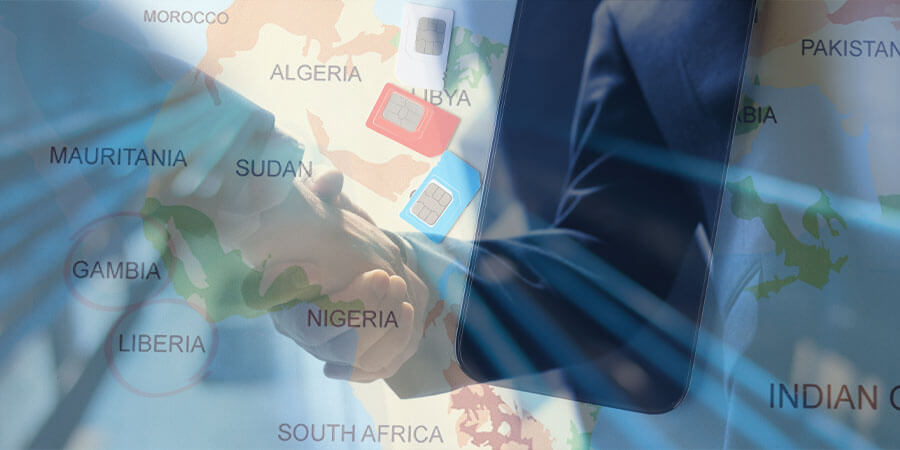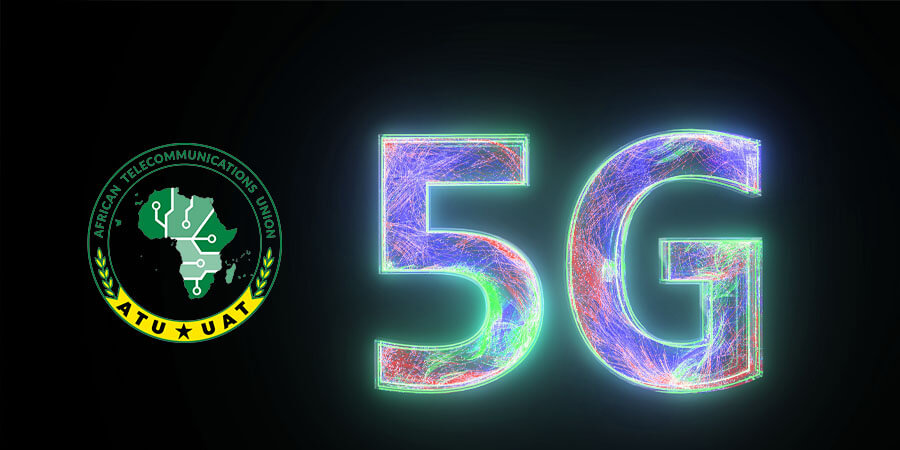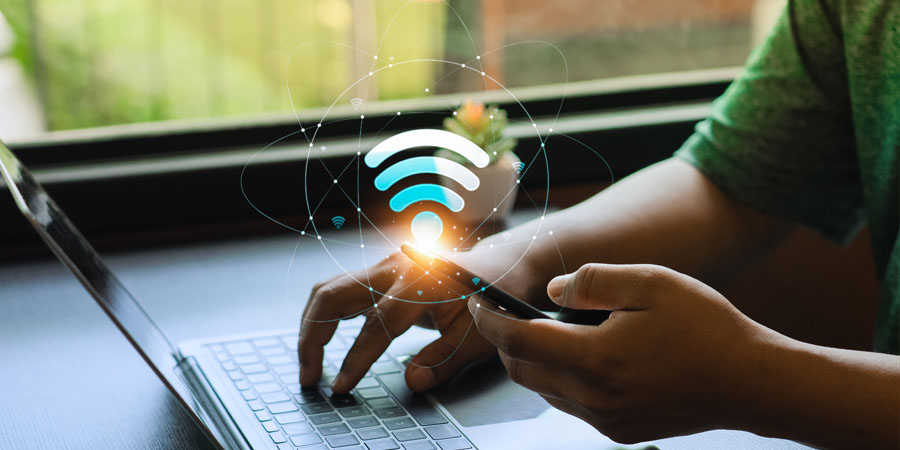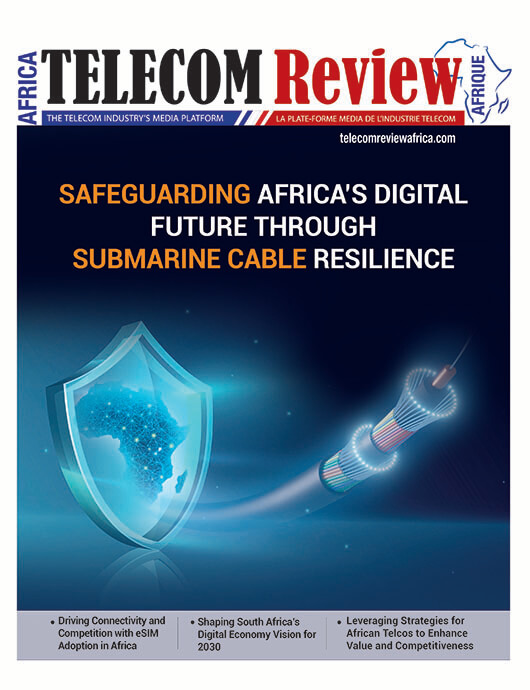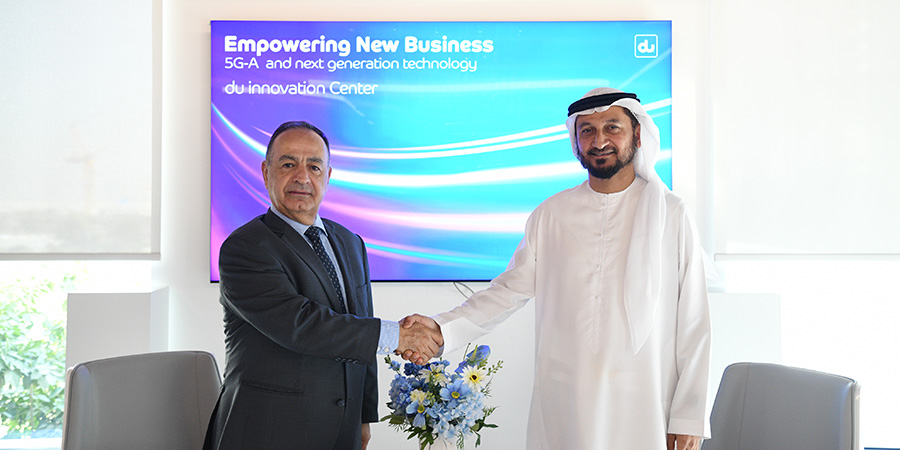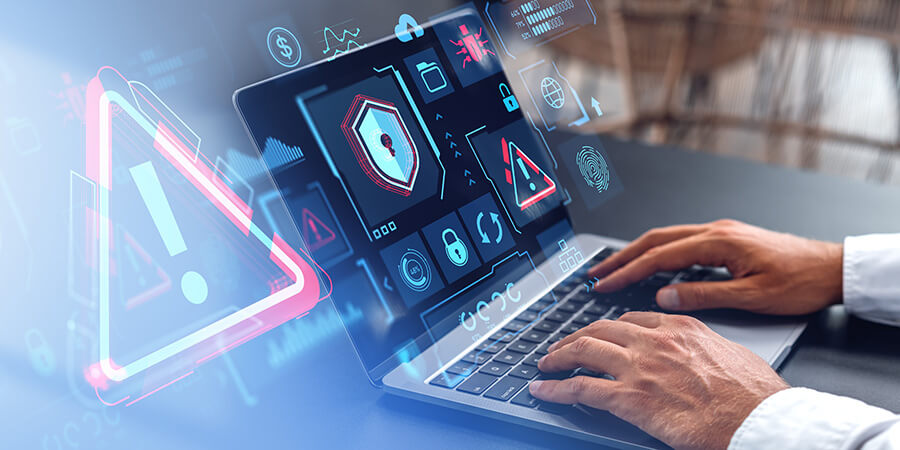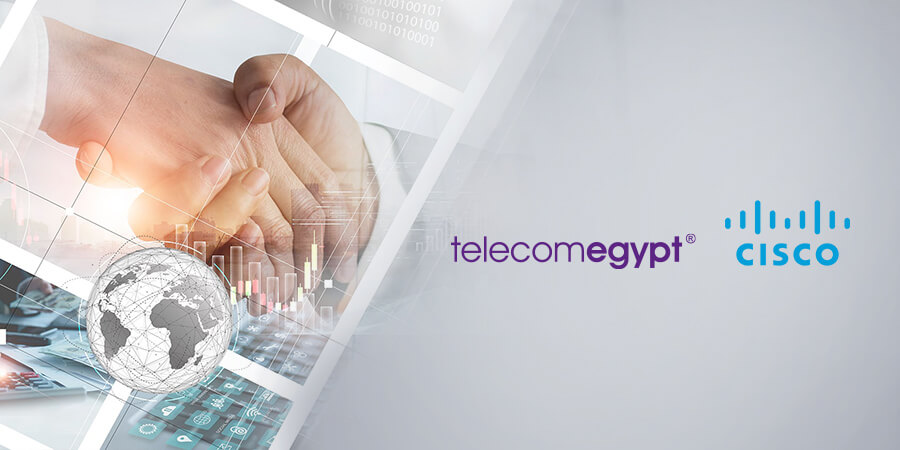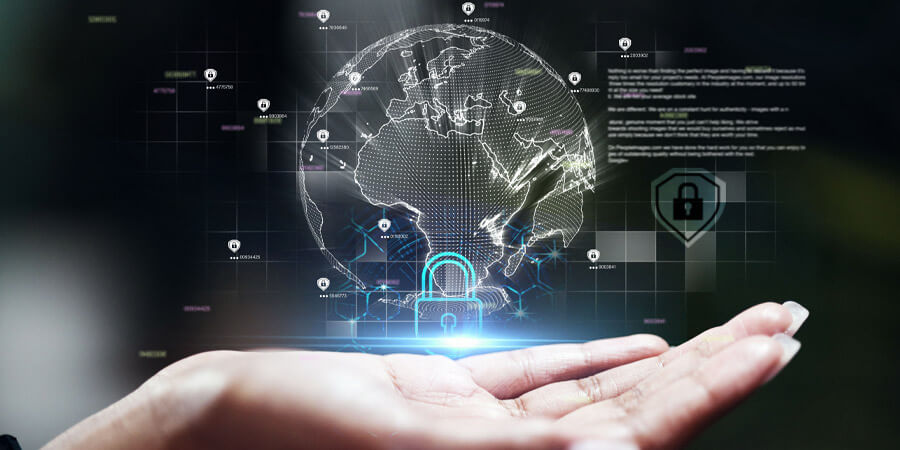Cyberattacks on cyber-physical systems (CPS) can lead to staggering financial losses, potentially reaching USD 1 million.
Claroty recently surveyed 1,100 security professionals and found that nearly 45% of organizations have suffered losses of USD 500,000 or more in the past year, with 27% exceeding USD 1 million.
Industries like chemical manufacturing, power, and energy were notably affected, with over half of respondents citing losses above USD 500,000.
Ransomware remains a significant threat, particularly in critical infrastructure. Notably, 78% of healthcare respondents reported paying ransoms over USD 500,000.
Organizations also faced operational disruptions, including downtimes of at least 12 hours.
With 45% of CPS environments connected to the internet for remote access, the risk of cyberattacks from third-party suppliers is increasing.
To counteract these threats, experts recommend implementing robust cybersecurity programs focusing on asset management, risk assessments, secure remote access, and compliance with industry regulations.





